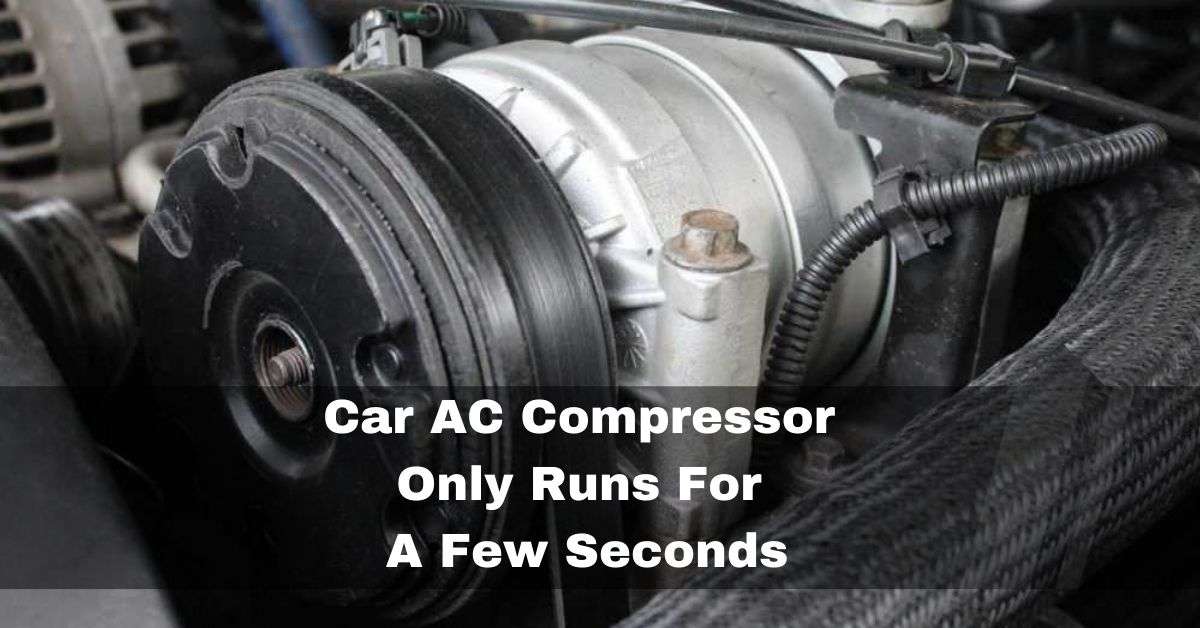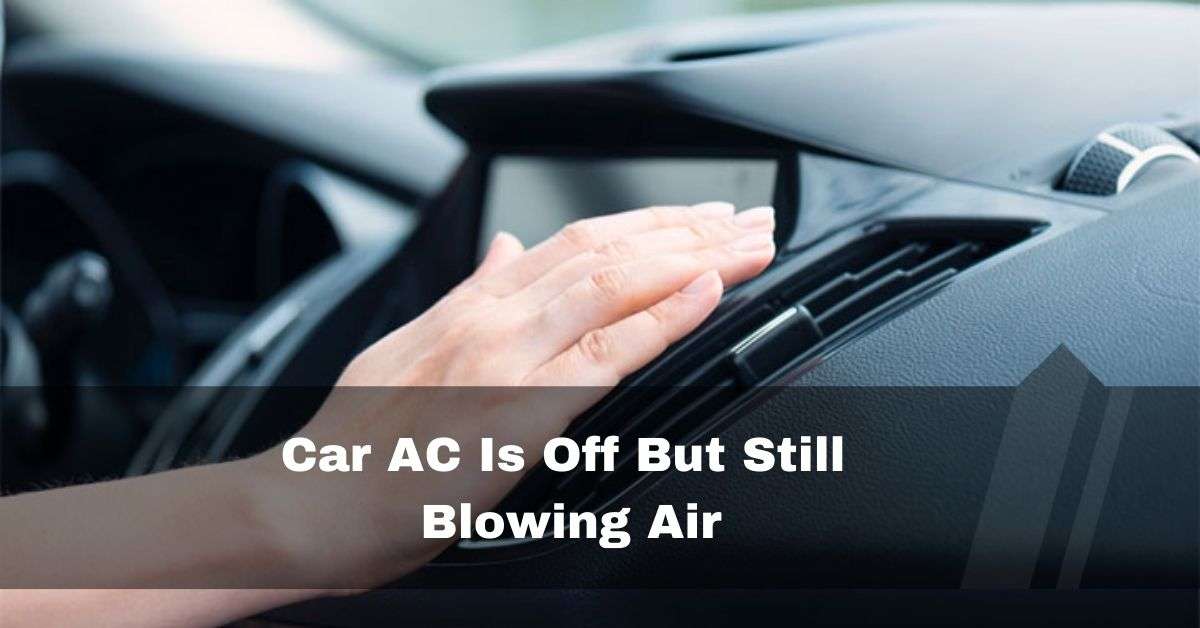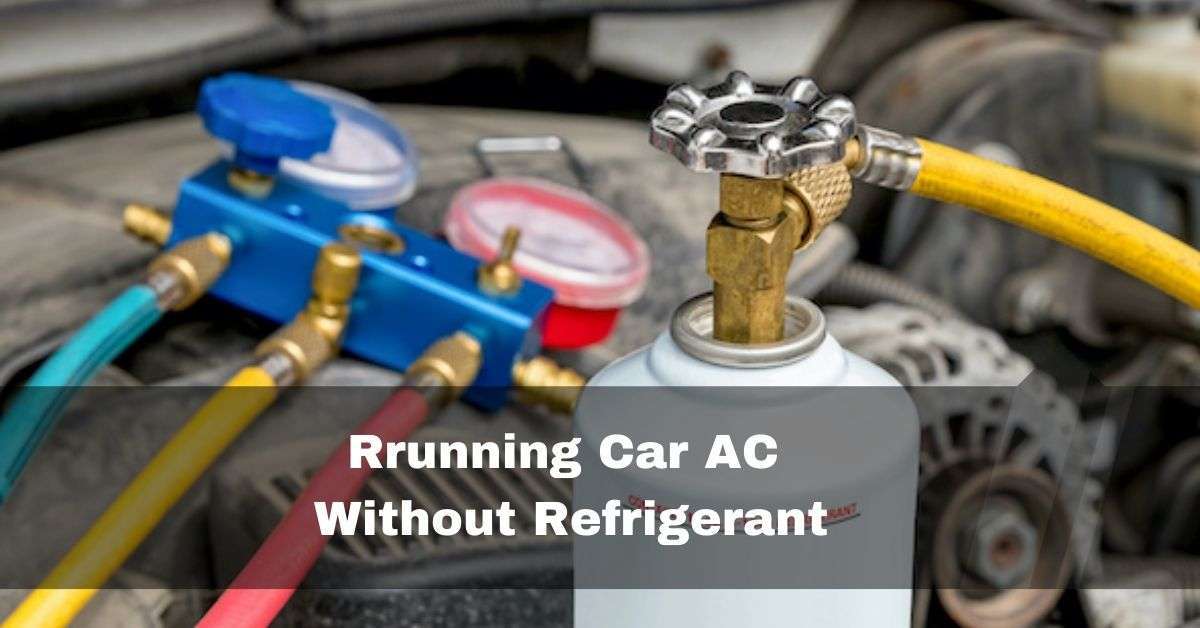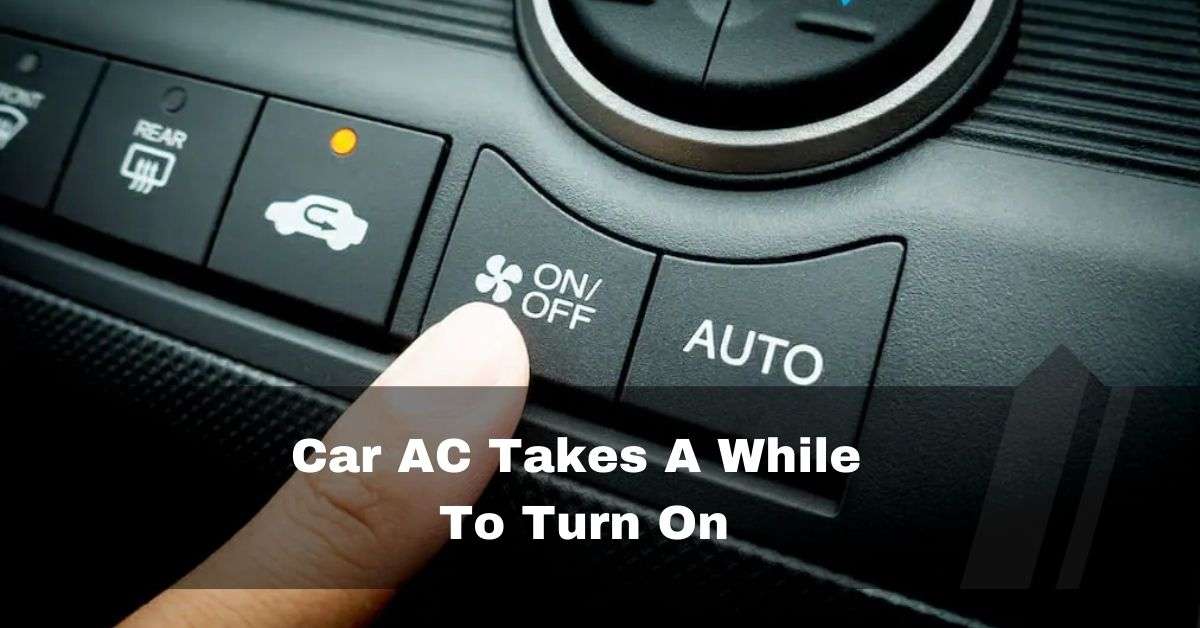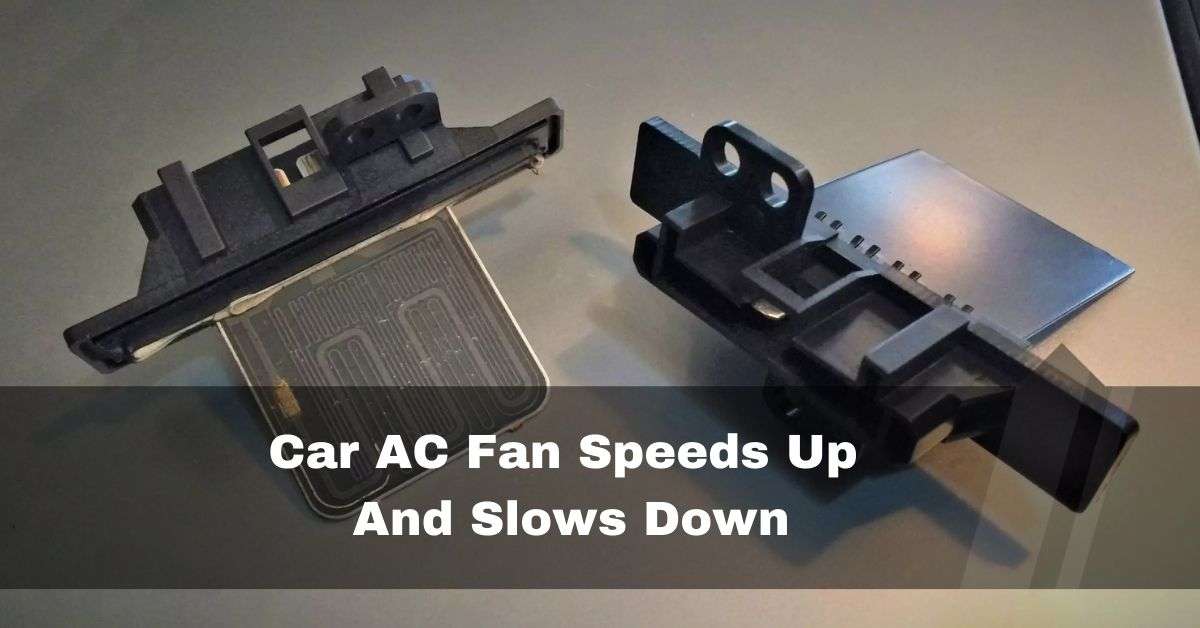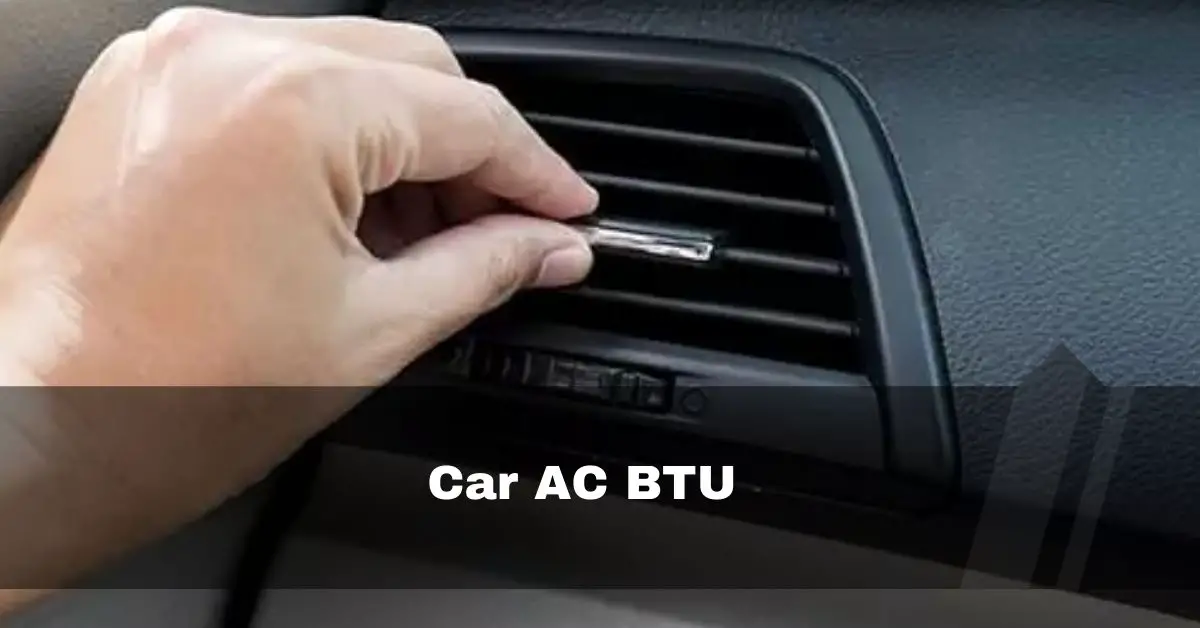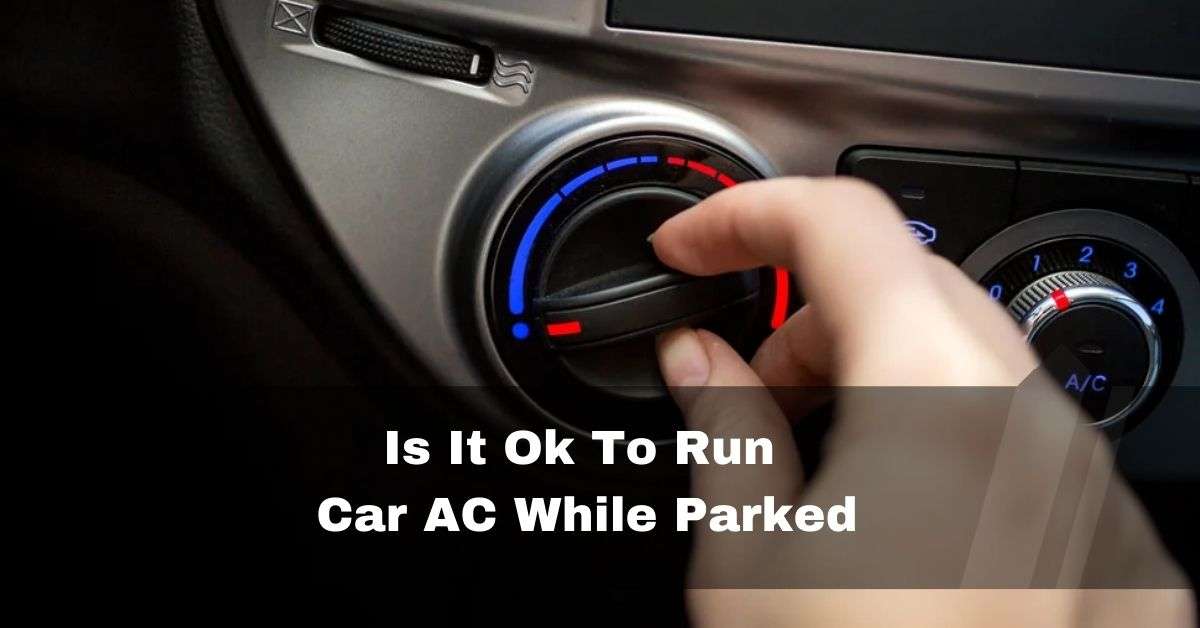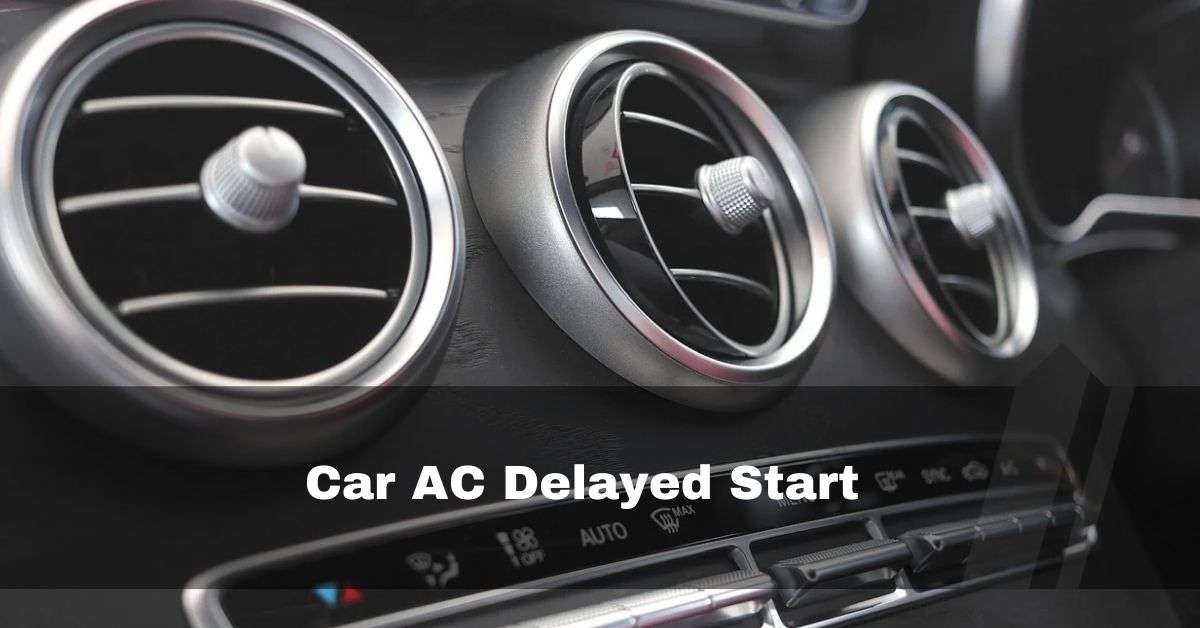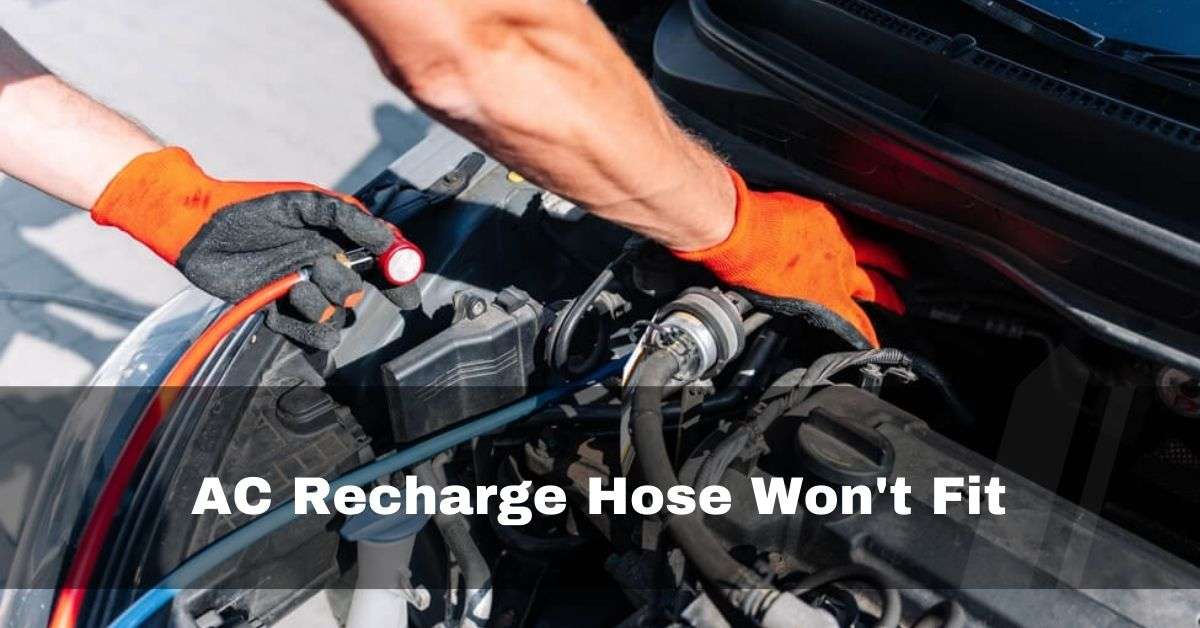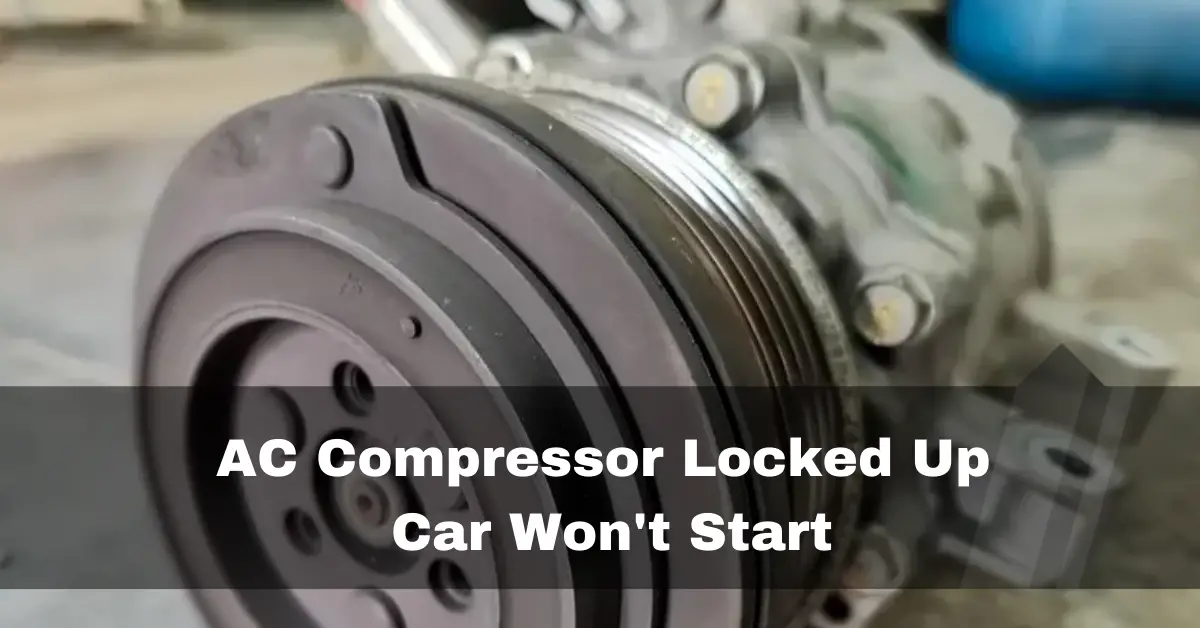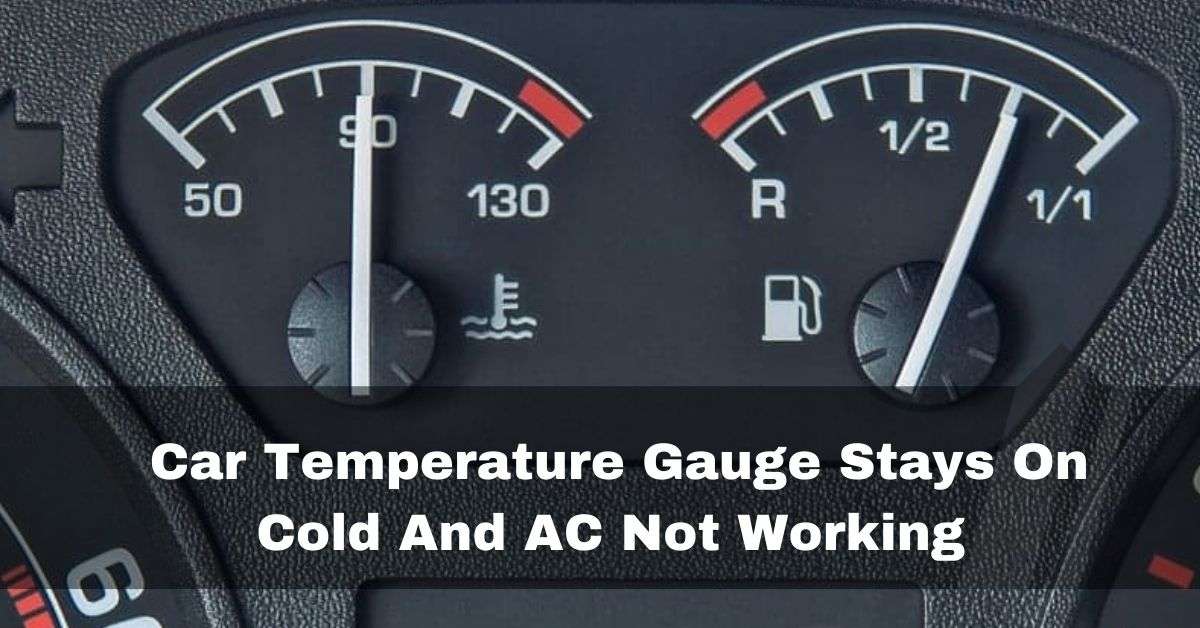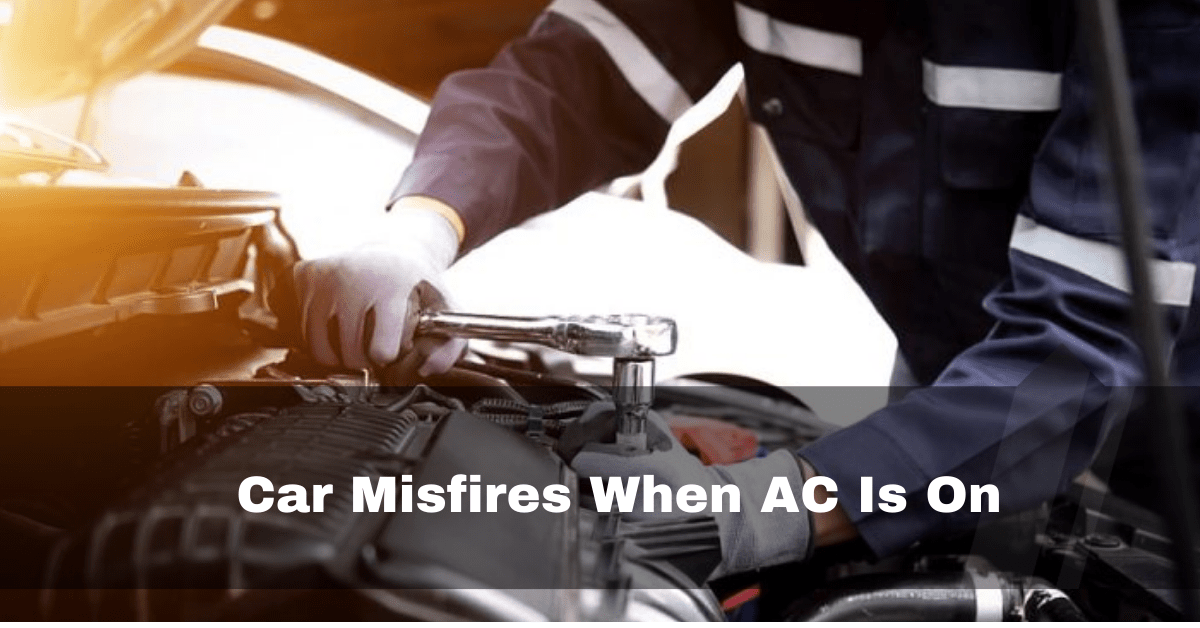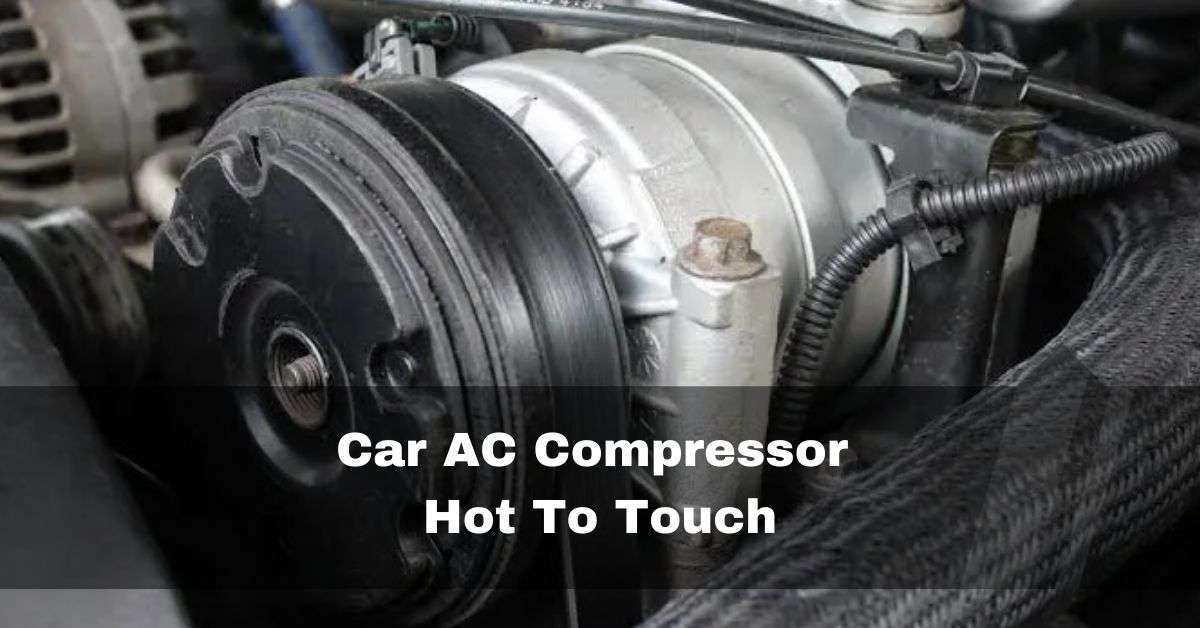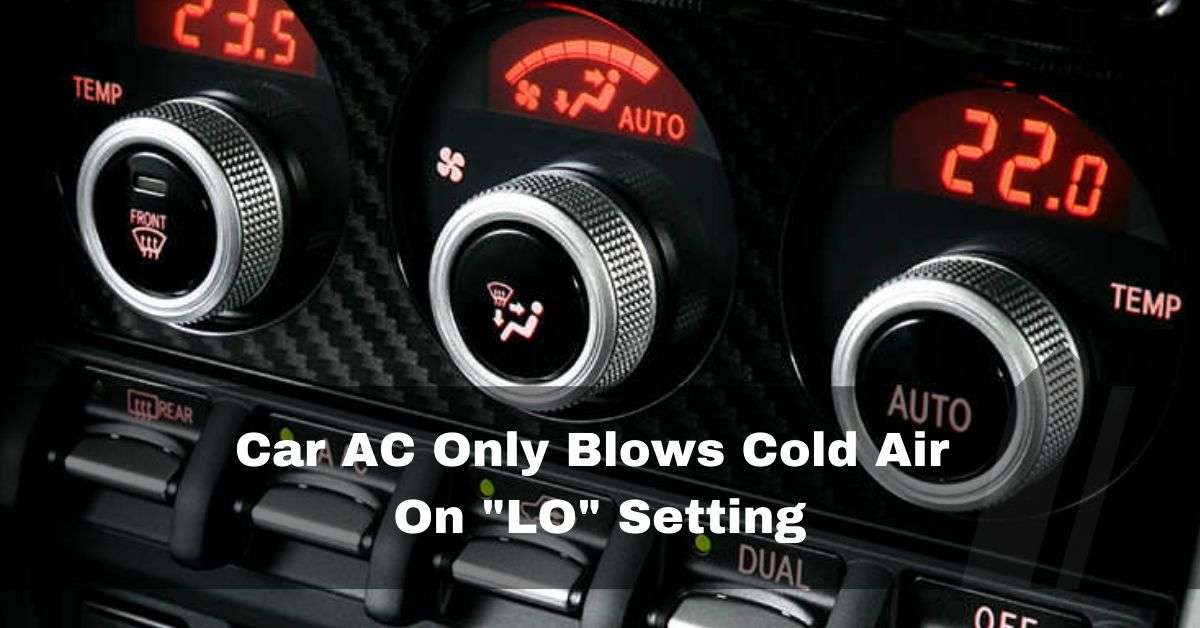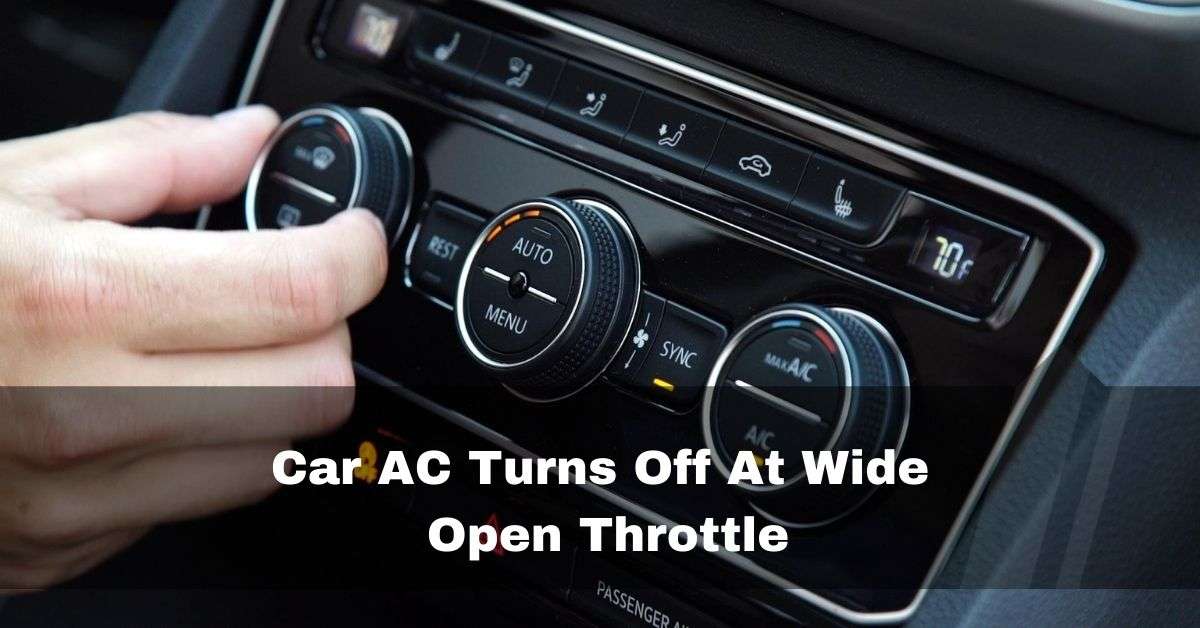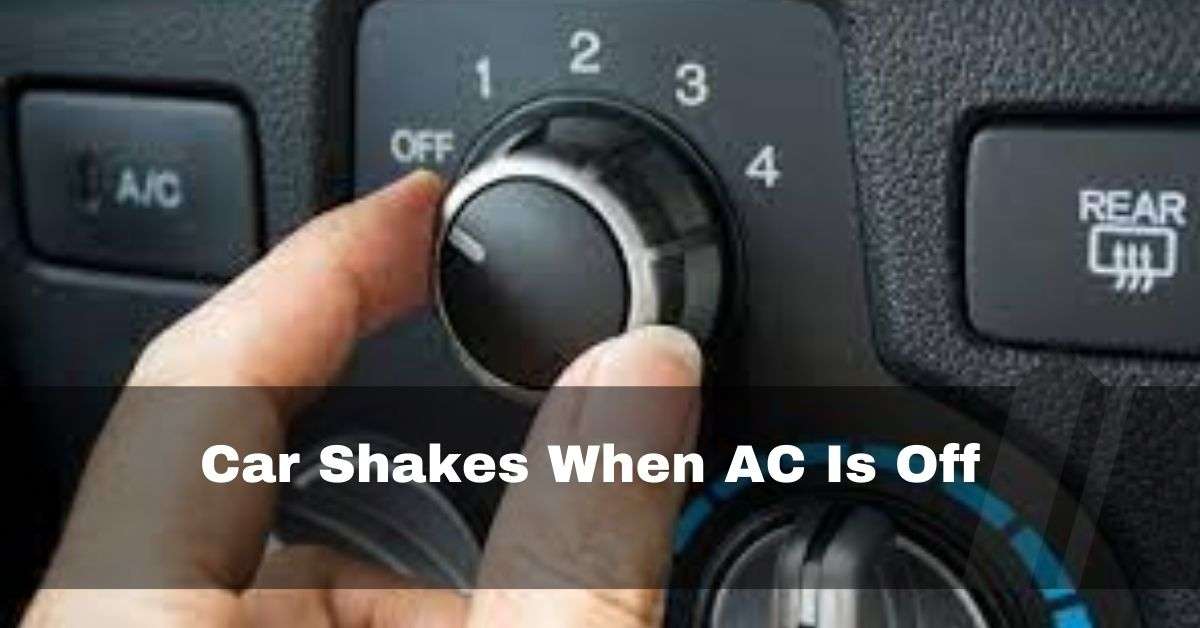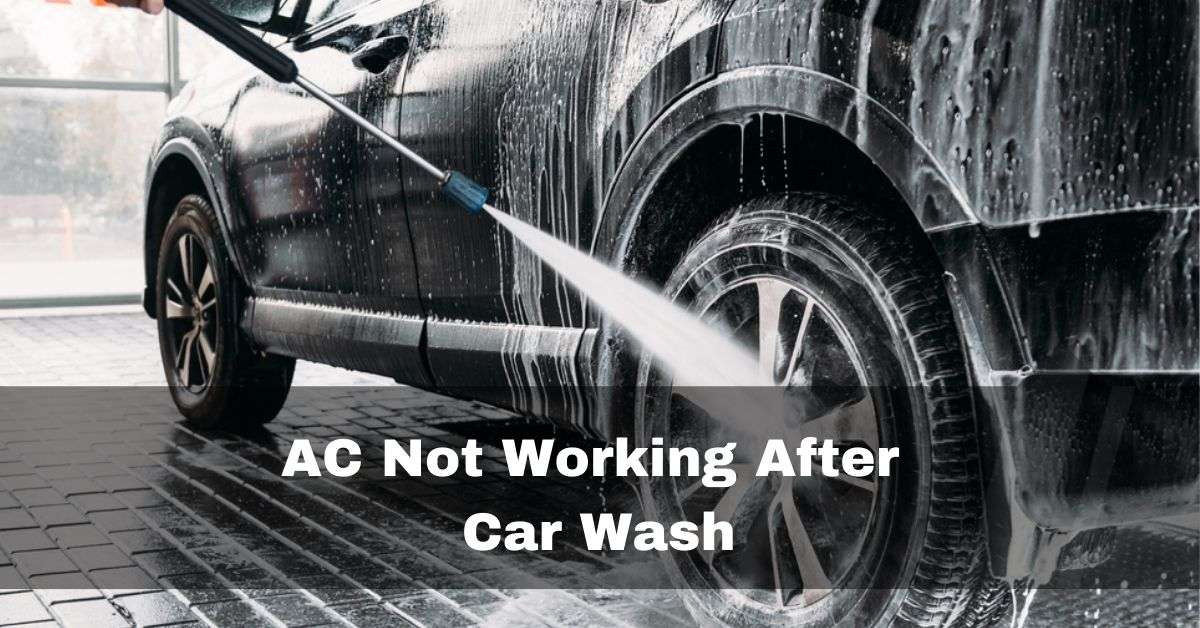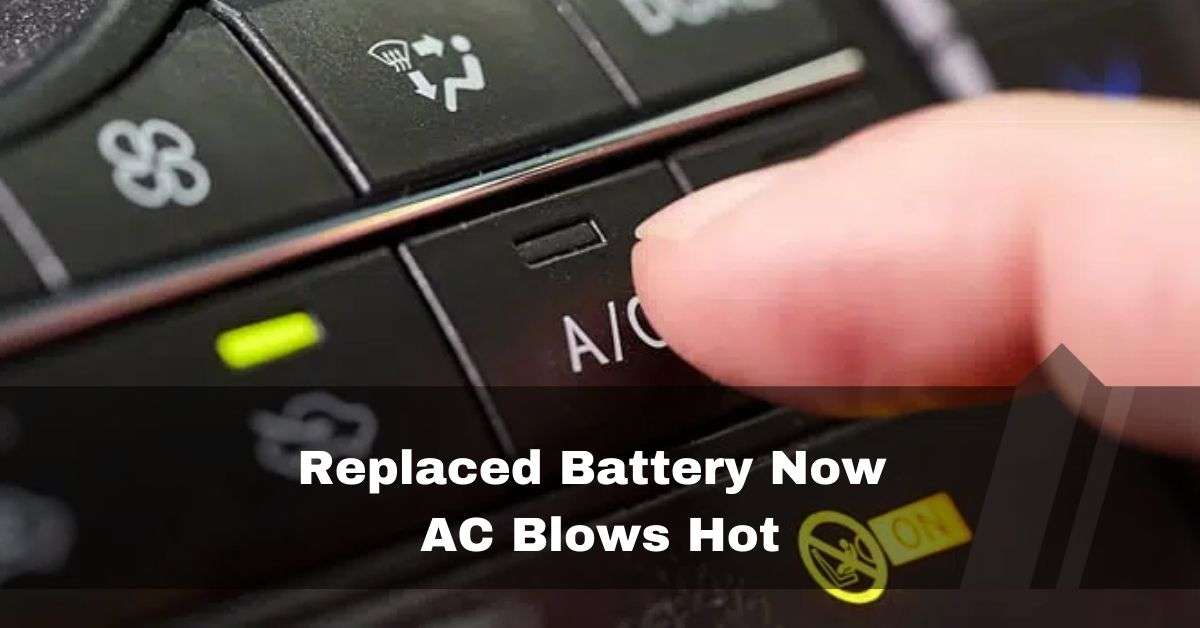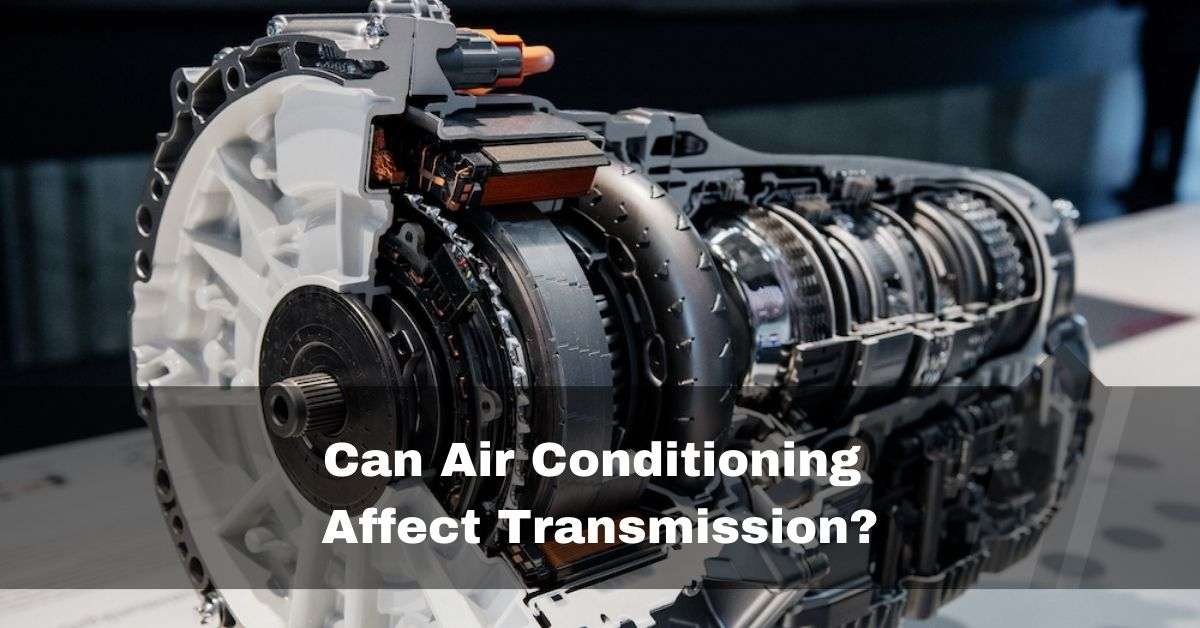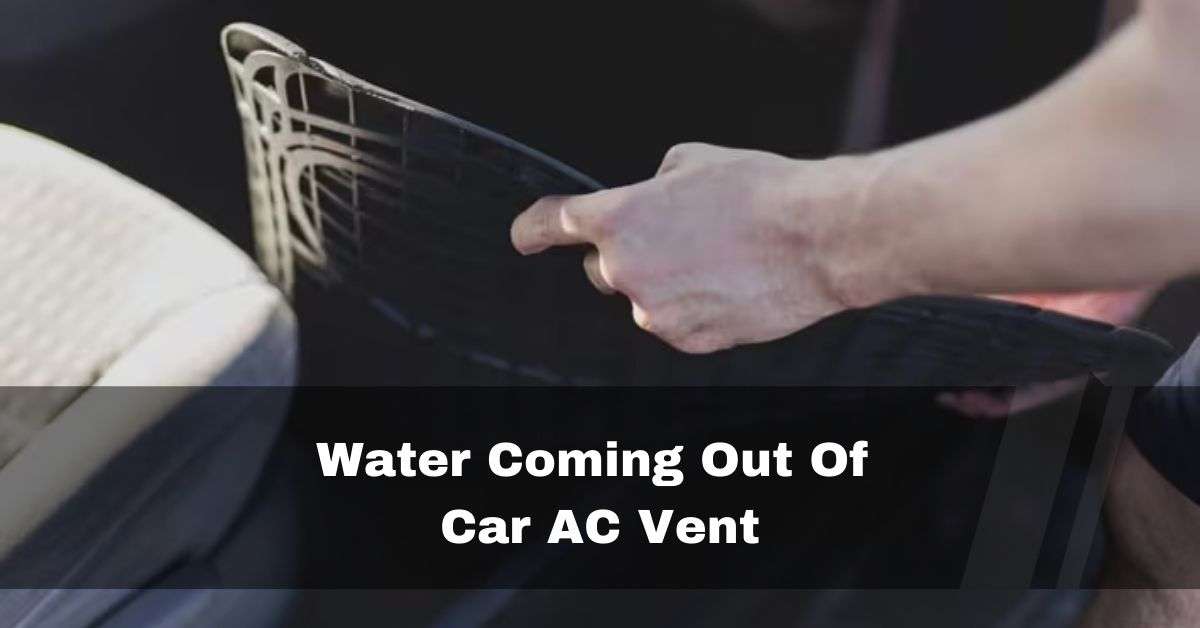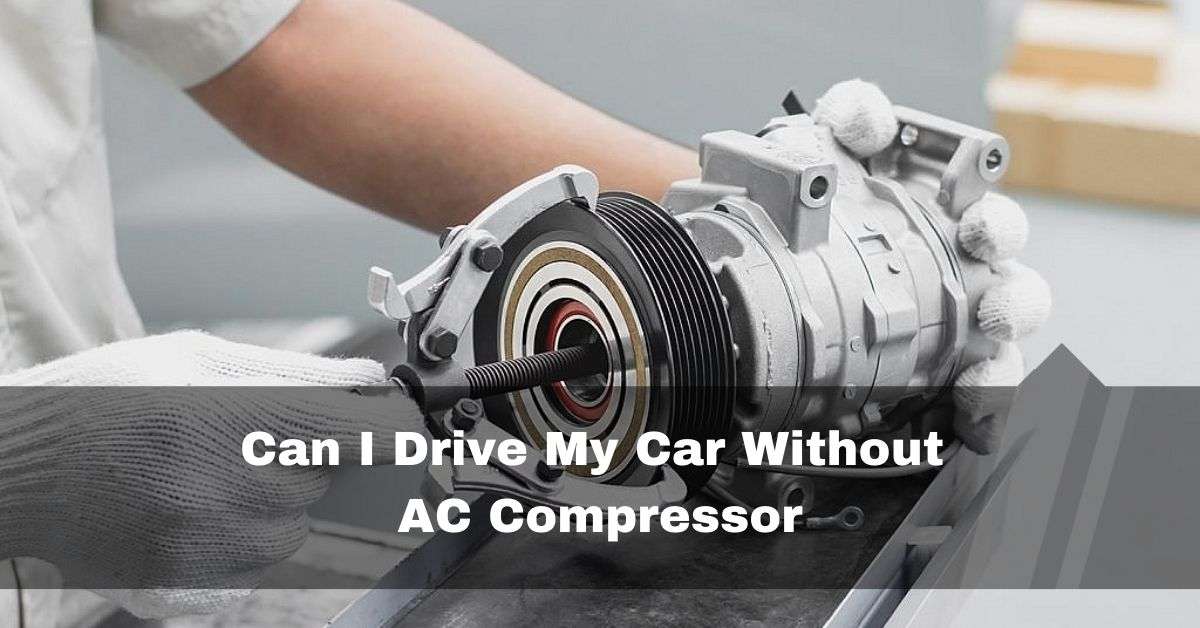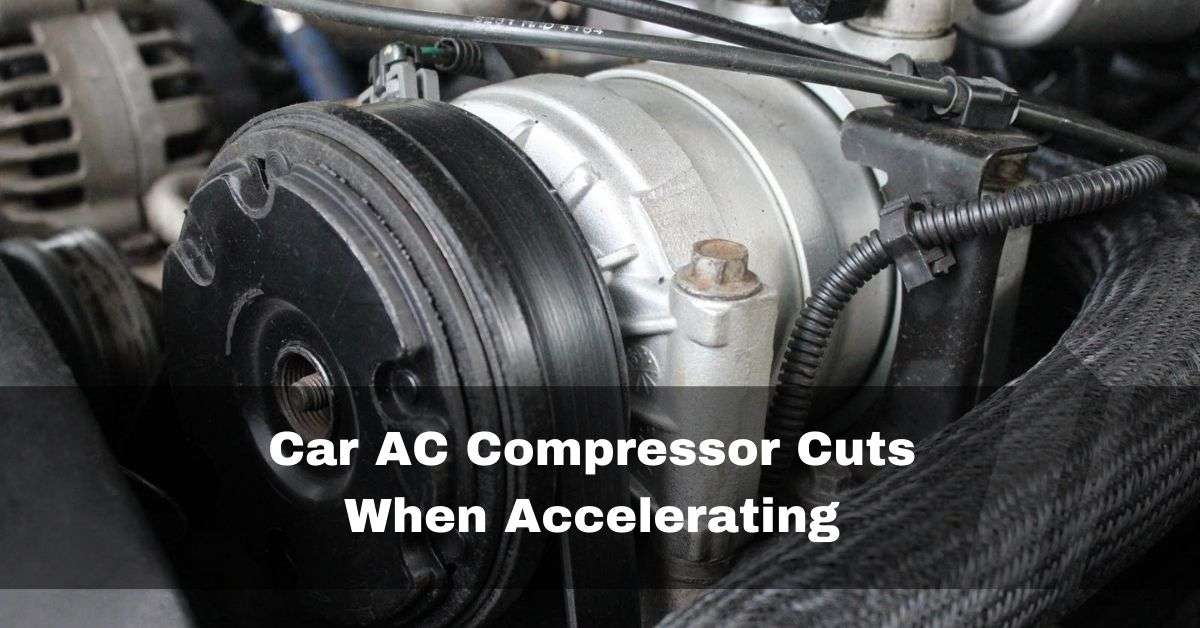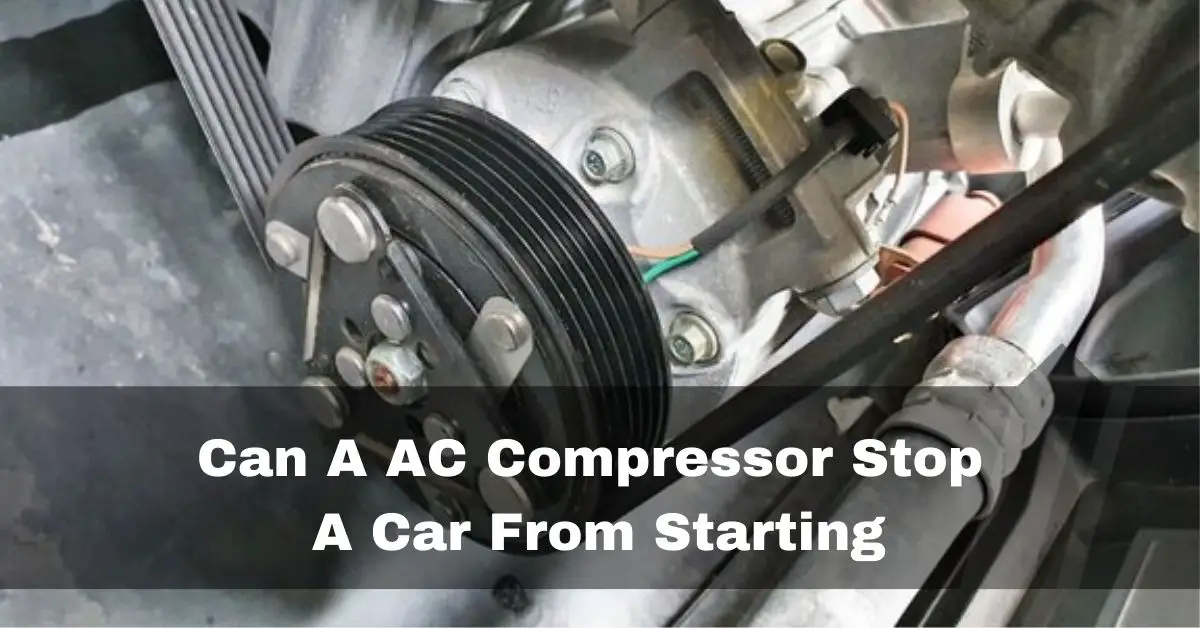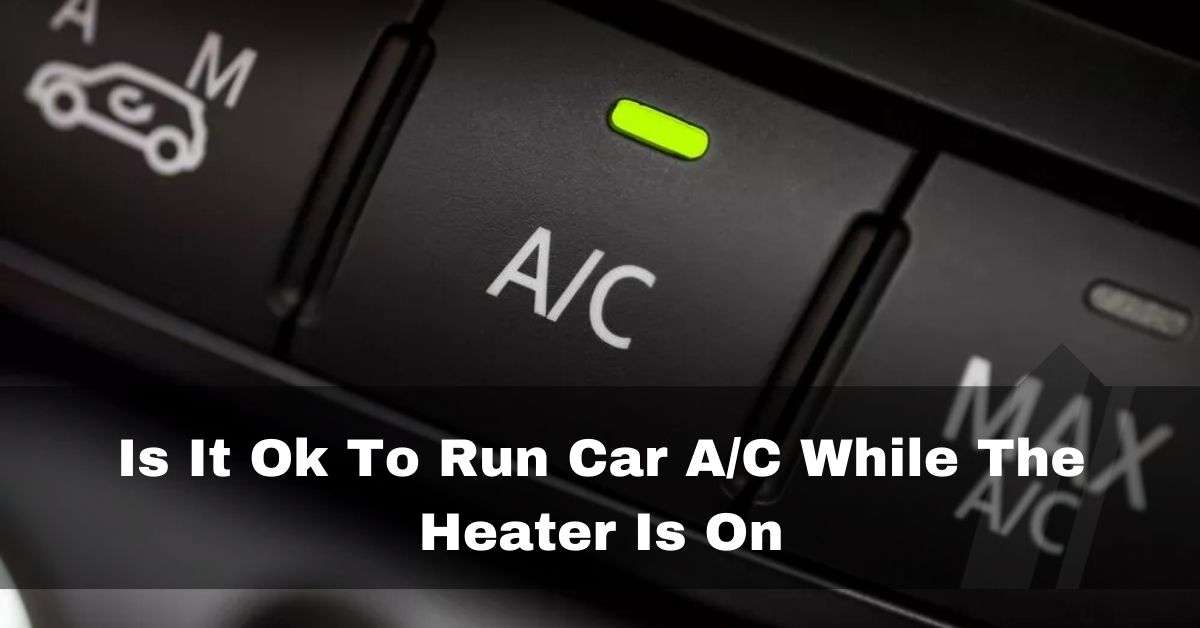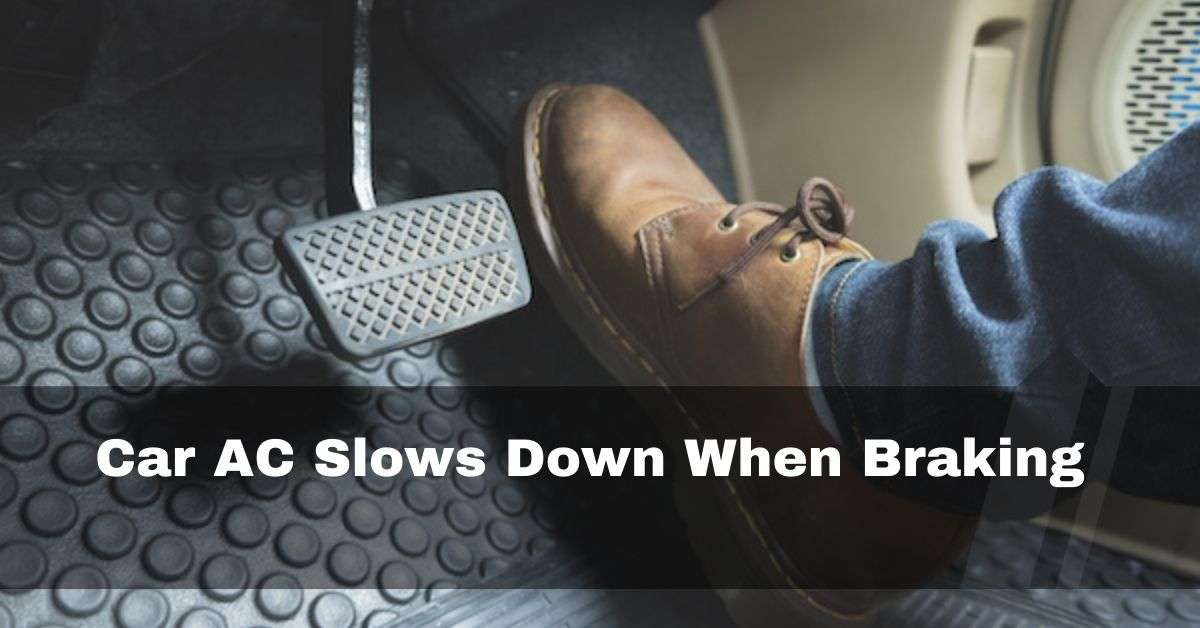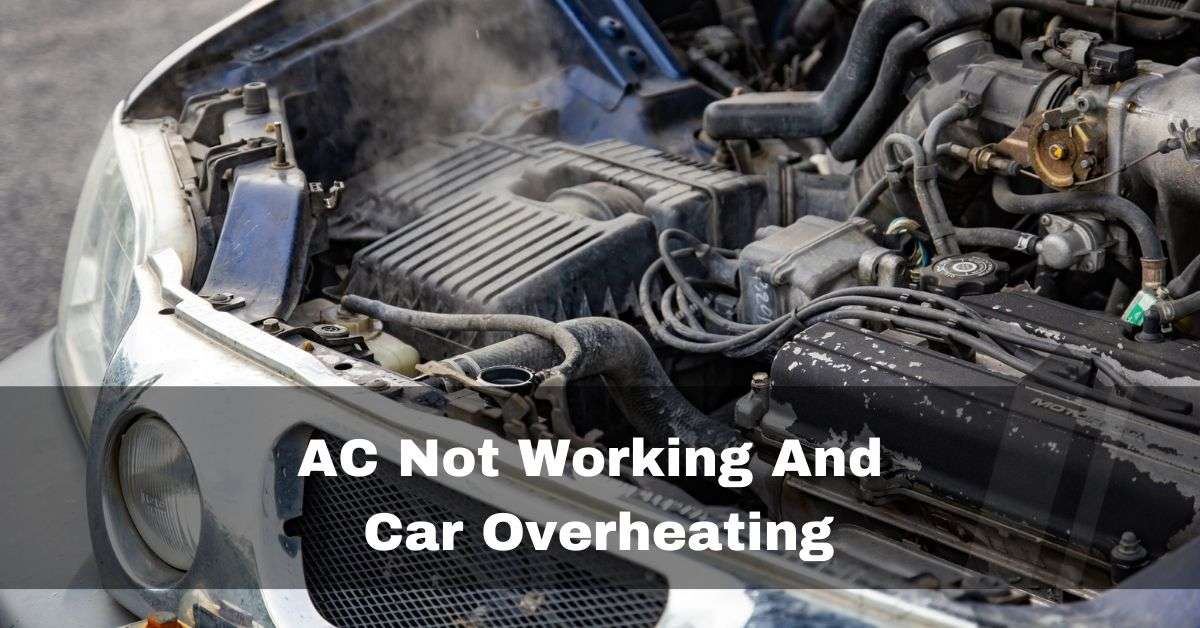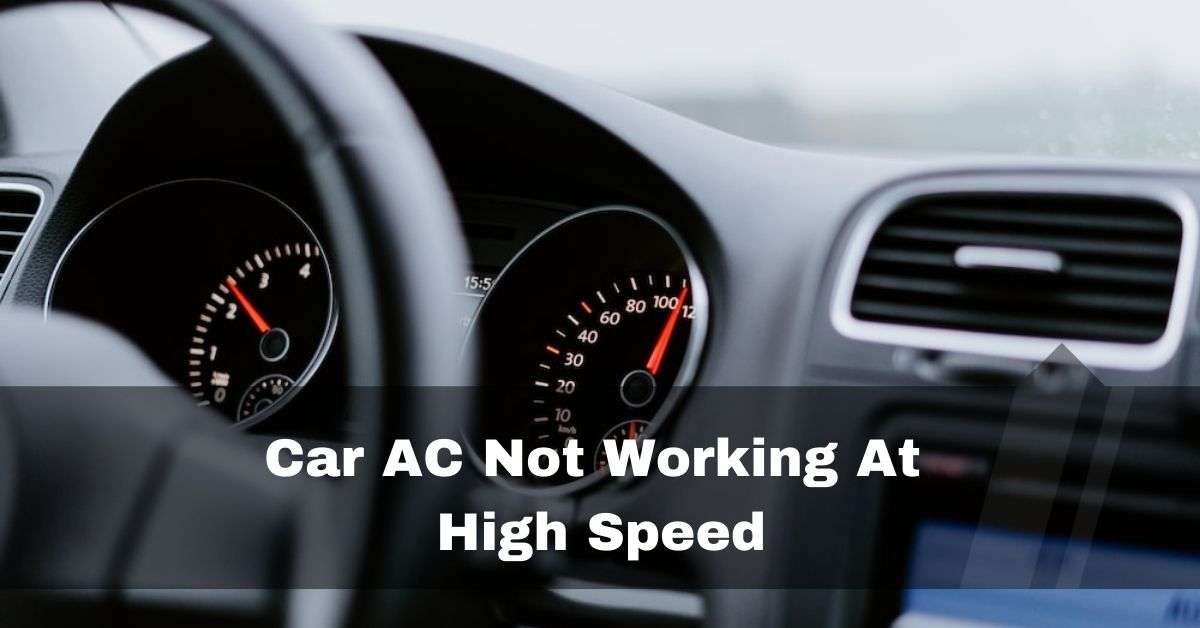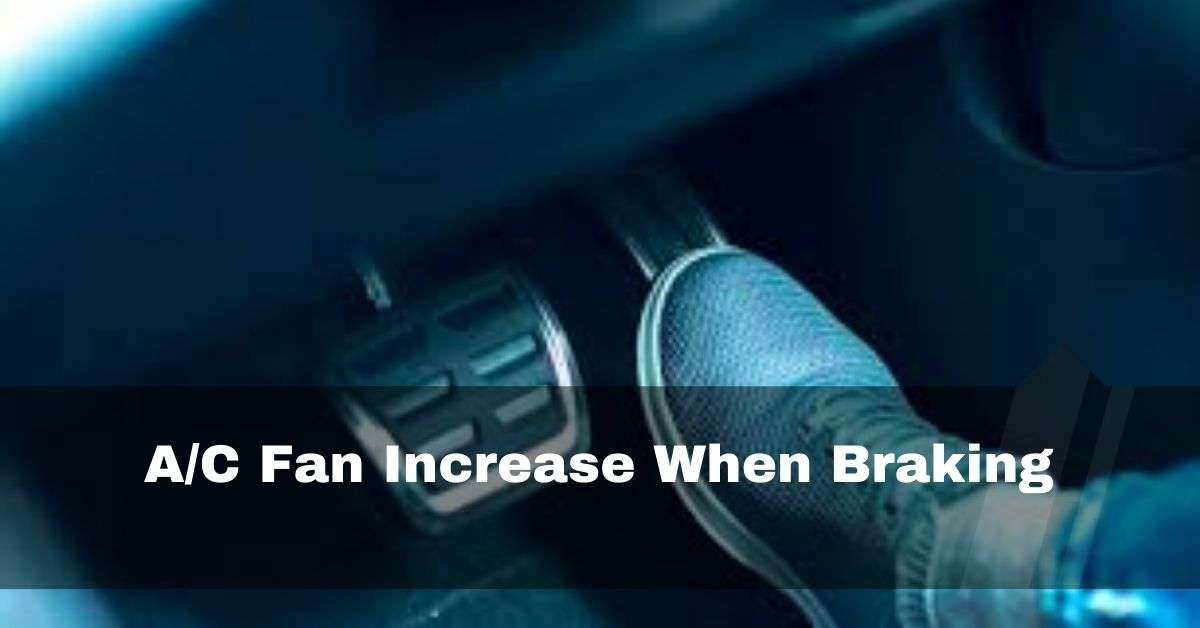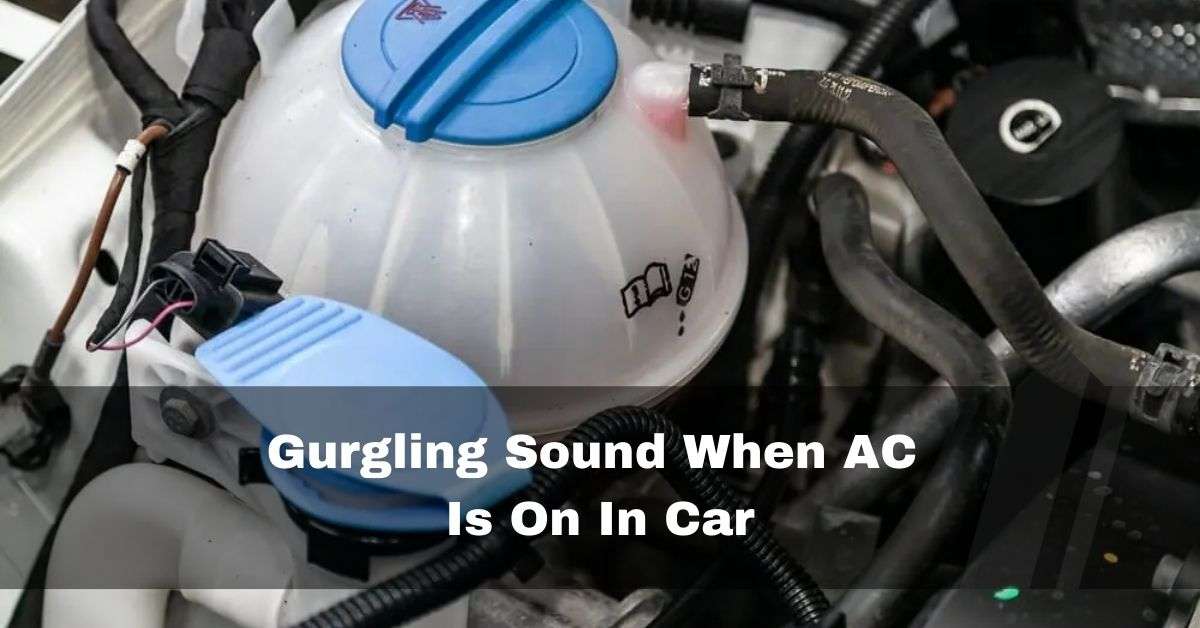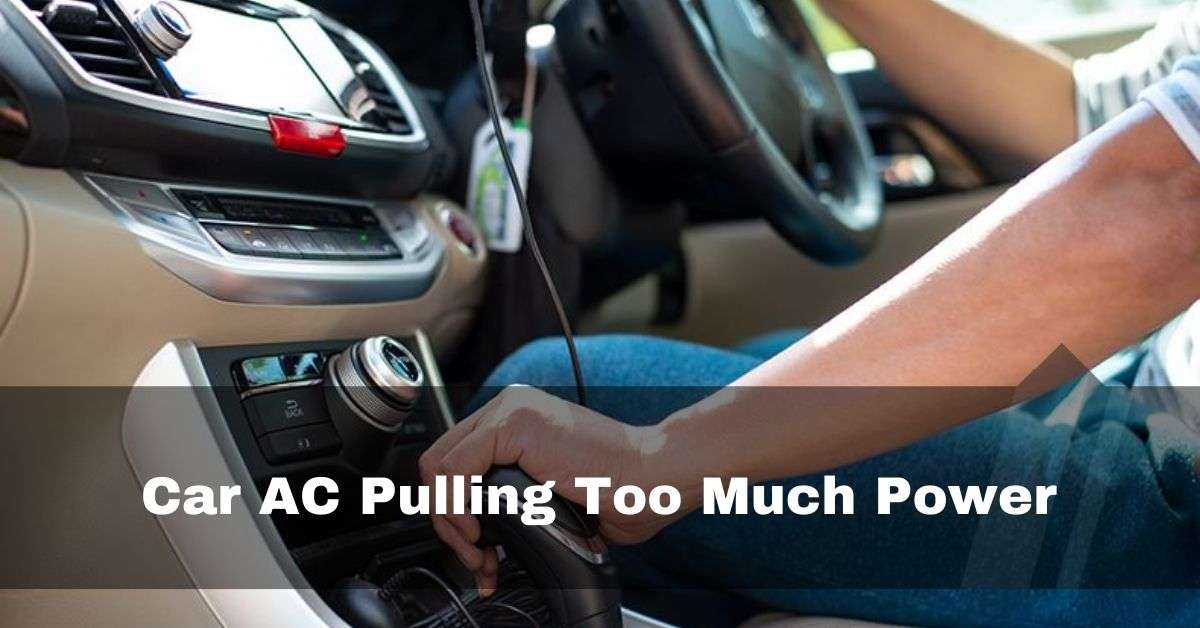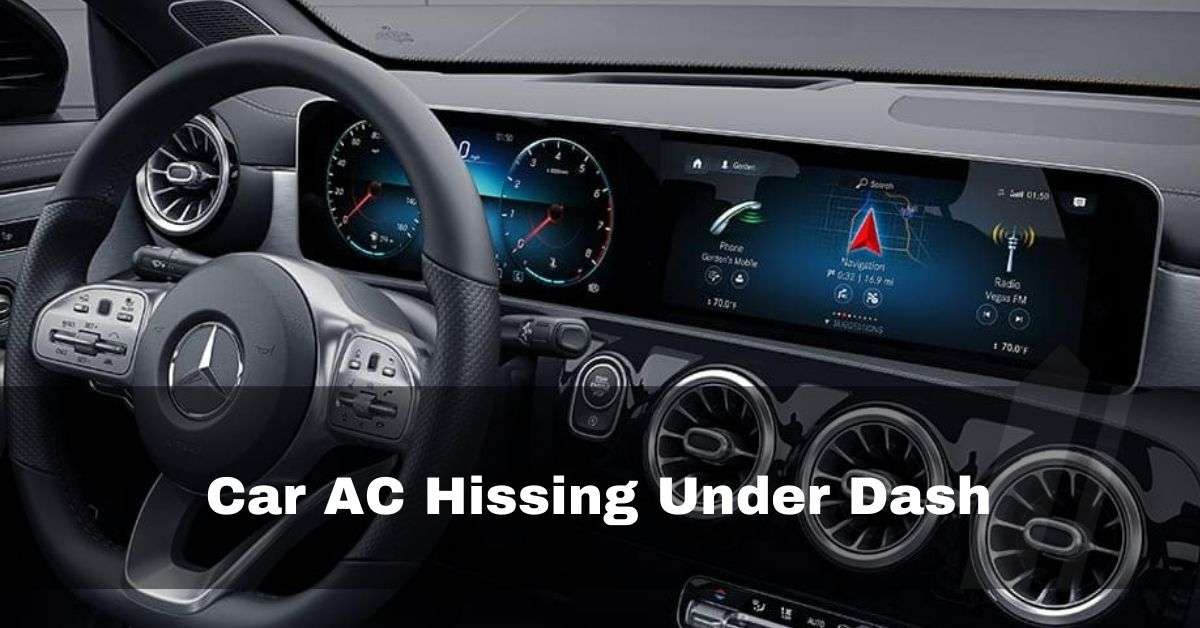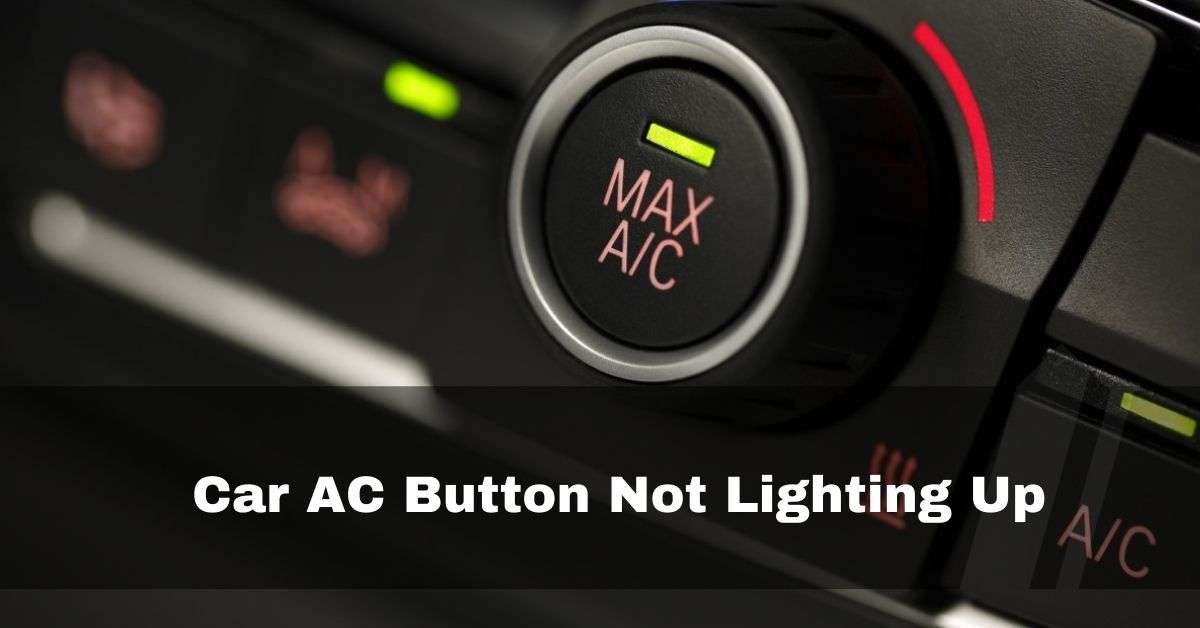When you turn on the AC and your car stalls or hesitates, this annoying situation is not unusual and has several underlying causes that can be identified. Understanding the potential reasons and the appropriate solutions is crucial.
Carbon buildup on engine components over time can strain the engine, especially when the AC is on, leading the computer to overcompensate and increase idle speed excessively.
Let’s explore the reasons behind this issue and potential solutions to regain driving comfort.
Table of Contents
Why Does Car Hesitates When AC Is On? Most Common Causes:
1. Carbon Buildup:
Different engine parts may develop carbon buildup over time, impairing their functioning and effectiveness. The additional load from the compressor when the AC is on might put stress on the engine. It could result in the engine control unit (ECU) incorrectly calculating and over-increasing the idle speed.

2. Faulty AC Pressure Switch:
The AC system uses a pressure switch to control the compressor’s operation and check the refrigerant levels. A broken pressure switch can upset the AC system and engine balance, causing hesitation.
3. Broken Timing Belt:
Your engine’s performance may suffer significantly if your vehicle has a broken timing belt. If your car’s timing belt breaks while the air conditioner is running, it may throw off the engine’s synchronization, resulting in a slowdown or stall.

4. A/C Compressor Belt And Dragging:
Your A/C compressor may be dragging against the belt and requiring more energy from the engine. The AC compressor belt might resist the engine’s functioning if it is not aligned correctly or tensioned. This added load may cause hesitation.
5. Issues With Compressor Clutch:
It seems like the A/C compressor clutch is going out. With the engine’s rotation, the compressor clutch engages and disengages the AC compressor. Engine performance may be impacted by the compressor clutch’s mechanical issues, which might lead to irregular operation.

6. Dirty Air Filter:
A dirty or clogged air filter prevents air from entering the engine, resulting in an imbalanced air-fuel mixture and decreased engine performance. Due to the increased load, this may become more apparent while the AC is on.
7. Faulty Or Dirty Idle Air Control (IAC) Valve:
The IAC valve regulates the engine’s idle speed by managing the airflow. When the AC is turned on, an IAC valve that is broken or unclean might cause unstable idling.

8. Loss Of Coolant:
The cooling systems for the engine and the air conditioner are linked. Engine overheating brought on by a coolant leak may result in stalling or poor performance.
9. Worn Bearing On Pulley:
A worn bearing on a pulley could be the cause of the car hesitating when ac is on. Friction and resistance may be produced by a worn bearing on a pulley, such as the one attached to the AC compressor or other engine parts. It may impair the engine’s capacity to handle the additional load the AC brings.

How To Fix Car Hesitates When AC Is On? Easy Fixes:
1. Resist Carbon Buildup:
Start by using throttle body cleaner to clean the throttle body and throttle plate in order to prevent hesitation brought on by carbon buildup when the AC is on. To remove carbon buildup upon refueling, add fuel system cleaners.
Drive at high RPMs sometimes to burn off carbon buildup. Stick to routine oil changes, choose high-quality fuel that contains detergents, and reduce prolonged idling.
Carbon buildup can be avoided by essential maintenance such as air filters and spark plug changes. These DIY techniques can improve engine economy by lowering the high idle speed brought on by the AC’s load and resolving the hesitation issue.
2. Replace Faulty AC Pressure Switch:
You can do these actions without a professional’s assistance to fix a malfunctioning AC pressure switch that causes hesitation when the AC is on. Find the pressure switch, typically located close to the AC compressor, dryer, or receiver.

Make sure the AC system is off before beginning. Disconnect the electrical connector from the pressure switch slowly and carefully. Removing the pressure switch from its mounting requires a suitable wrench or socket.
Change it out for a fresh pressure switch that is appropriate for the model of your car. The switch threads should be coated with thread sealant, then tightly torqued. The electrical connector should be reconnected. Please turn it on to test the AC’s functionality and look for any reduction in hesitancy.
3. Fix Borken Timing Belt:
You’ll require the proper equipment, such as a socket set and timing belt kit. Place ramps or jack stands securely under your car. The engine covers, and other items restricting access to the timing belt should be removed.
Align the timing marks and remove the old belt by following the repair manual’s detailed directions. Install the replacement belt carefully and per the instructions, ensuring the tension is correct. Reassemble the parts, then slowly rotate the engine by hand to ensure proper alignment.
4. Rectifying the AC Compressor Belt And Dragging:
Problems with the A/C compressor belt and dragging can be fixed without expert assistance. To start, find the belt’s tension adjustment mechanism, which is frequently a movable pulley. Locate the belt tensioner and use the proper tool to loosen it to adjust the belt.

According to the specifications for your vehicle, adjust the tension by tugging or pushing the belt until it has the necessary amount of deflection.
To keep the belt in place, tighten the tensioner. Verify that the belt is correctly positioned around the pulleys. This DIY repair can enhance engine performance by removing resistance and hesitancy brought on by the AC compressor belt.
5. Inspect AC Compressor Clutch:
Fixing problems with a broken compressor clutch can be difficult, but a simple analysis can be carried out. First, ensure all electrical connections are unplugged before turning off the engine.
The compressor clutch is typically accessible from the front of the AC compressor. Check for any apparent flaws or alignment issues.
To ensure the clutch moves smoothly, try lightly spinning it with your hand. If it wobbles or becomes stuck, it might need to be replaced. For details, refer to the repair handbook for your car. If you feel confident, remove and replace the clutch assembly as directed.
6. Clean Dirty Air Filter:
Fixing a dirty air filter if your engine lags when the AC is on is simple. Find the air filter housing, often found close to the front of the engine. Access the air filter by unclamping or unscrewing the housing.

Replace the old, filthy filter with a fresh one made specifically for the make and model of your car. Make sure the housing is closed and aligned correctly. This simple adjustment increases airflow, balancing the air-fuel ratio and improving engine performance.
7. Resolve Faulty Or Dirty Idle Air Valves (IAC):
Find the IAC valve on the intake manifold or throttle body. Remove the battery to prevent electrical accidents. The IAC valve should be carefully removed from the housing.
It should be cleaned using an electronic parts cleaner or a specialized throttle body cleaner. Remove dirt and carbon deposits with a gentle brush. Securely reattach the IAC valve.
Plug the batteries in. To enable the ECU to recalibrate, start the engine and let it run for a while. This do-it-yourself fix can fix the airflow management, reducing shaky idling and hesitation caused by the load on the AC.
8. Check The Coolant Level:
It’s necessary to perform simple maintenance procedures to fix a coolant leak and avoid engine stuttering. First, put your car flat and let the engine finish cooling. Locate the coolant reservoir under the hood, typically marked with high and low signs.

Check the coolant level against these marks; if it is low, top it off using a coolant and distilled water mixture as your car directs. Check the radiator and hoses and tighten any loose connections for apparent leaks. Over the following few days, keep an eye on the coolant level to ensure stability.
9. Fix Worn Bearing On A Pulley:
Start by locating the malfunctioning pulley by looking at parts such as the power steering pump, alternator, or AC compressor. Let’s shut off the engine before removing the serpentine belt. The bearing is probably worn if the pulley feels rough or unsteady when spun by hand.

Based on your comfort, consider purchasing a replacement bearing for the particular pulley from an auto parts store. Carefully dismantle the pulley to reach the bearing using the proper tools. Reassemble the pulley after replacing the worn bearing with the new one. To see if the hesitation has decreased, reinstall the serpentine belt and start the engine.
FAQs:
1. Can I Lubricate The Compressor Clutch Myself?
Yes, you can lubricate the compressor clutch by rubbing a little compressor oil onto the clutch hub. It might make it operate more smoothly and cause less hesitancy. But if the problem persists, you may need professional assistance.
2. Why Does My Car Have Poor Acceleration With AC?
An inefficient AC compressor could significantly reduce the engine’s power, hindering acceleration. A clogged condenser can increase refrigerant pressure and heat dissipation, forcing the compressor to use more engine power.
3. Why Does My AC Lose Power When I Accelerate?
Usually, a faulty vacuum check valve under the hood is to blame for this. The doors default to the windshield when the AC door system loses vacuum during severe acceleration. The check valve prevents it. It is situated under the hood’s passenger side.
4. Does AC Reduce Engine Power?
Yes, You can observe a slight rise in engine RPM when the AC is turned on. There is no doubt that the system depletes your engine’s horsepower when it is turned on since, according to Your Mechanic, the car does this to balance the power taken by the AC system.
Conclusion:
Various difficulties, including mechanical problems and system imbalances, can cause a car to hesitate when turning the AC on. Regular upkeep, careful inspections, and quick repairs are essential to preventing and solving these issues. It is advised to seek the advice of a skilled mechanic who can identify the precise problem and apply the necessary fix if you frequently suffer hesitation or stalling. You can experience smoother driving by addressing these underlying reasons, even on the warmest days.


